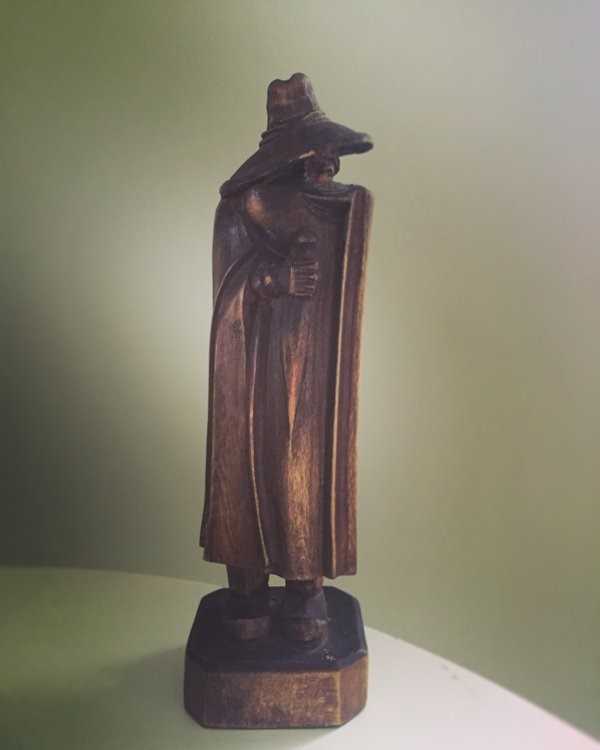
Dear Molly,
Someone told me that John Ratcliffe is the 27th CIA director, but I’ve also seen him referred to as the 25th CIA director. What’s your authoritative count?
~ COUNTer Intelligence
* * * * *
Dear COUNTer Intelligence,
I’m not a math-whiz, but I had thought that counting the number of CIA directors wouldn’t be all that difficult. Ha! Turns out, I was wrong. This question has been a source of confusion within the Agency too. Apparently, it all depends on how (and who) you decide to count…
The confusion stems from the fact that the CIA director has officially had two different titles throughout the Agency’s history: The Director of Central Intelligence (DCI, 1947-2005) and the Director of the Central Intelligence Agency (DCIA, 2005-current).
But, it turns out, not all DCIs were directors of CIA, and not all directors of CIA were DCIAs. Confused yet?
Let me try to explain. The leader of CIA’s direct predecessor, known as the Central Intelligence Group (CIG, 1946), was the first person to hold the title, the Director of Central Intelligence. When the CIA was created in 1947, the director of CIG became the director of CIA, but kept the title DCI. That title lasted for several decades until 2005, with the passing of the Intelligence Reform and Terrorism Prevention Act (IRTPA), and the Director of Central Intelligence was renamed the Director of the Central Intelligence Agency.
So… where does that leave Director Ratcliffe in the count? To get the most definitive answer, I asked the person with the most knowledge of Agency history that I know: CIA’s Chief Historian of course!
The short answer is: Ratcliffe is the 25th CIA director.
How in the weeds would you like to be? If the answer above satisfies your curiosity, thanks for reading. Have a great day! If you really want to get into the nitty gritty… stay with me.
Here’s how our historians arrived at that number:
- Two DCIs ran the Central Intelligence Group (CIG) before CIA was established in September 1947: RAdm. Sidney Souers and Lt. Gen. Hoyt Vandenberg. Our historians don’t count them as directors of the Agency though, because CIA didn’t yet exist. (Fun sidenote, when President Harry Truman swore-in Souers as the head of CIG, he jokingly handed him a black hat, black cloak, and wooden dagger and declared him, “Director of Centralized Snooping.” Maybe this is where the classic “spy” caricature comes from?)

A wooden carving of the whimsically named, “Director of Centralized Snooping.”
- One DCI, RAdm. Roscoe Hillenkoetter, served both before and after CIA was established and therefore is considered the first director of CIA. Under the National Security Act of 1947, which created the CIA, the DCI was dual-hatted as CIA director and the head of the Intelligence Community (IC).
- Fifteen DCIs then followed who also were directors of CIA (Gen. Walter Bedell Smith, Allen Dulles, John McCone, VAdm. William Raborn, Richard Helms, James Schlesinger, William Colby, George H.W. Bush, Adm. Stansfield Turner, William Casey, William Webster, Robert Gates, James Woolsey, John Deutch, and George Tenet). That makes 16 so far.
- Next came Porter Goss, the one DCI who was also the first DCIA. When IRTPA took effect in 2005, the DCI position was abolished, and the DCIA position was created, replacing the DCI as head of the Agency. We don’t count Goss twice because he directed CIA in both capacities, so that makes 17. The new Director of National Intelligence became the head of the IC. The DCIA now only runs the Agency.
- Eight DCIAs followed (Michael Hayden, Leon Panetta, David Petraeus, John Brennan, Michael Pompeo, Gina Haspel, William Burns, and John Ratcliffe). And that brings us to 25.
Until next time,
~ Molly
#AskMollyHale
